-
tel:
+86 17625110110 -
email:
klaus@hralloys.com
What is the difference between Hastelloy c 22 and C276?
Hastelloy C22 and C276 are both nickel-based alloys with excellent corrosion resistance, but they have some differences in their composition and properties. Here are the main differences:
Composition: Hastelloy C22 has a higher chromium content (20-22%) compared to Hastelloy C276 (14-17%). C22 also has a higher molybdenum content (12.5-14.5%) compared to C276 (15-17%). C276, on the other hand, has a higher tungsten content (3-4.5%) compared to C22 (2.5%).
Corrosion Resistance: Both alloys have excellent resistance to a wide range of corrosive environments, including oxidizing and reducing acids, chloride-containing media, and seawater. However, C22 has better resistance to pitting, crevice corrosion, and stress corrosion cracking in some aggressive environments.
Temperature Range: C22 has a slightly lower maximum operating temperature (around 1250°C or 2280°F) compared to C276 (around 1350°C or 2460°F). This makes C276 more suitable for high-temperature applications.
Weldability: Hastelloy C22 is generally considered easier to weld compared to C276. It has better weldability and is less prone to sensitization during welding, which can cause corrosion issues.
Applications: Hastelloy C22 is often preferred in applications involving aggressive chemical environments, such as chemical processing, pollution control, and pharmaceutical industries. Hastelloy C276 is commonly used in oil and gas, petrochemical, and power generation industries, where higher temperatures and mechanical strength are required.
It is important to consider the specific requirements of your application and consult with materials engineers or experts to determine the most suitable alloy for your needs.
Recent Posts
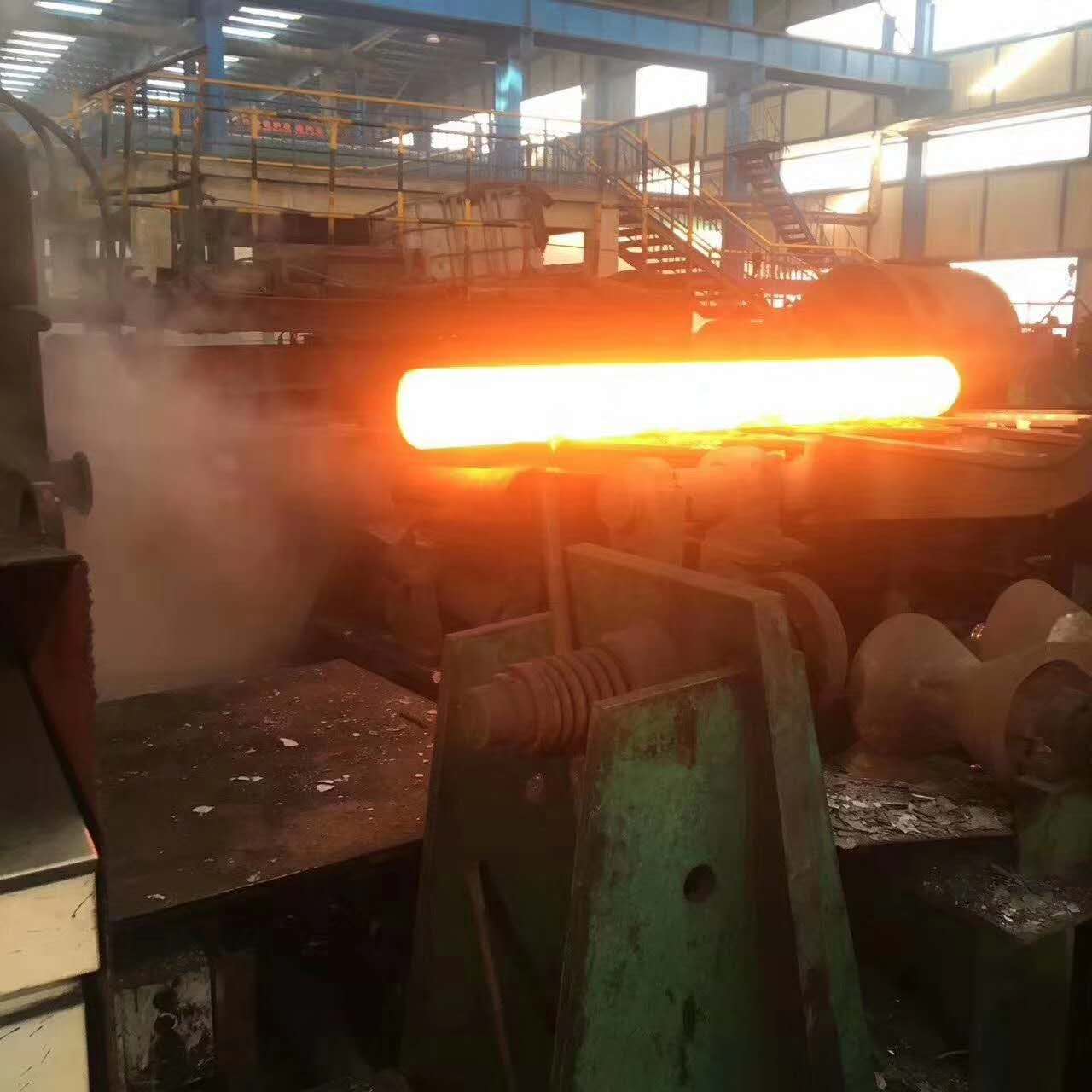
31-07-2025
Herui Collaborates w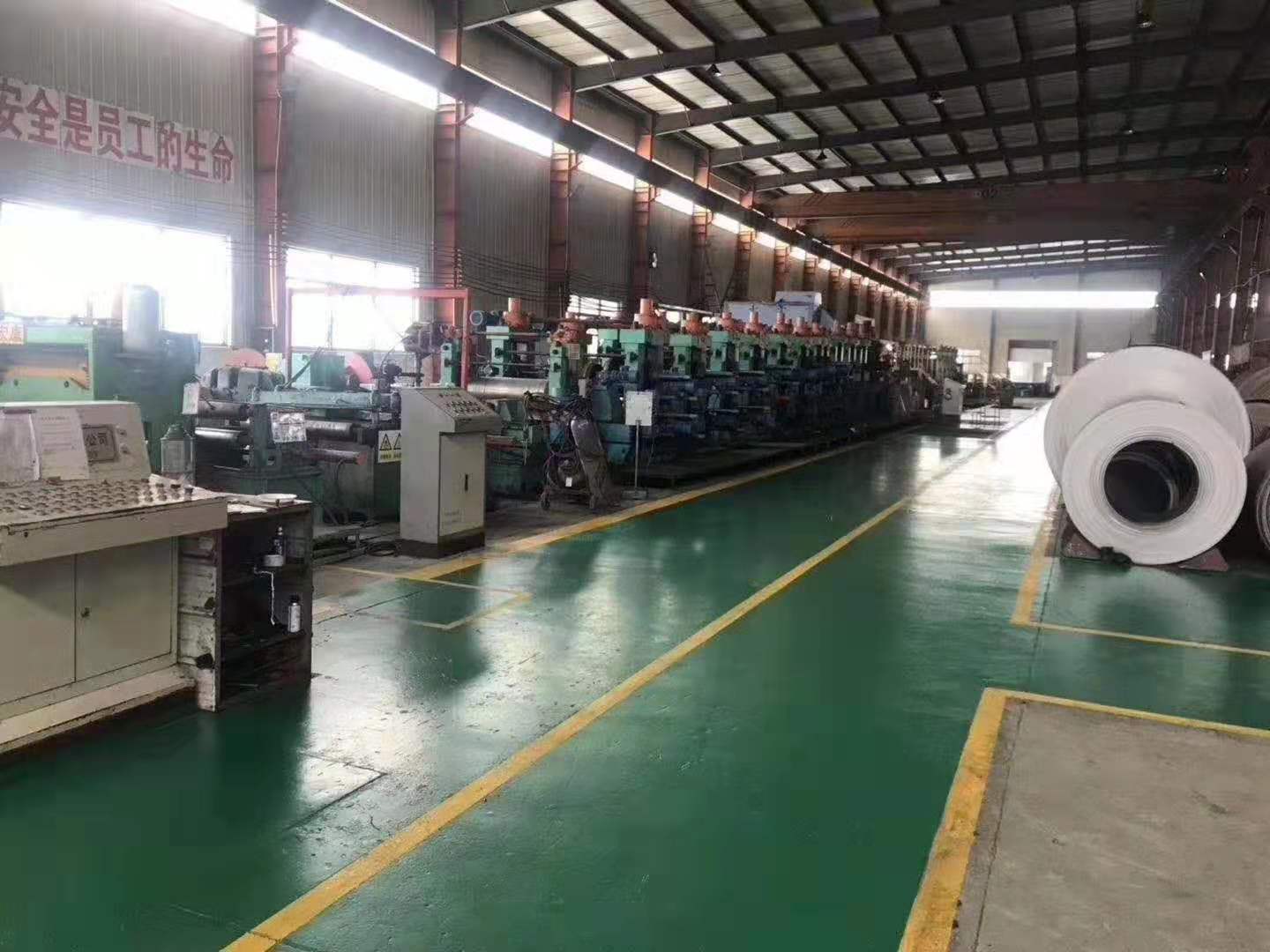
31-07-2025
Herui's Alloys Power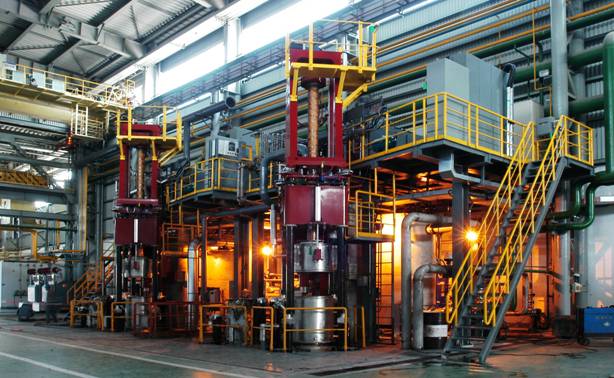
31-07-2025
New Product Launch: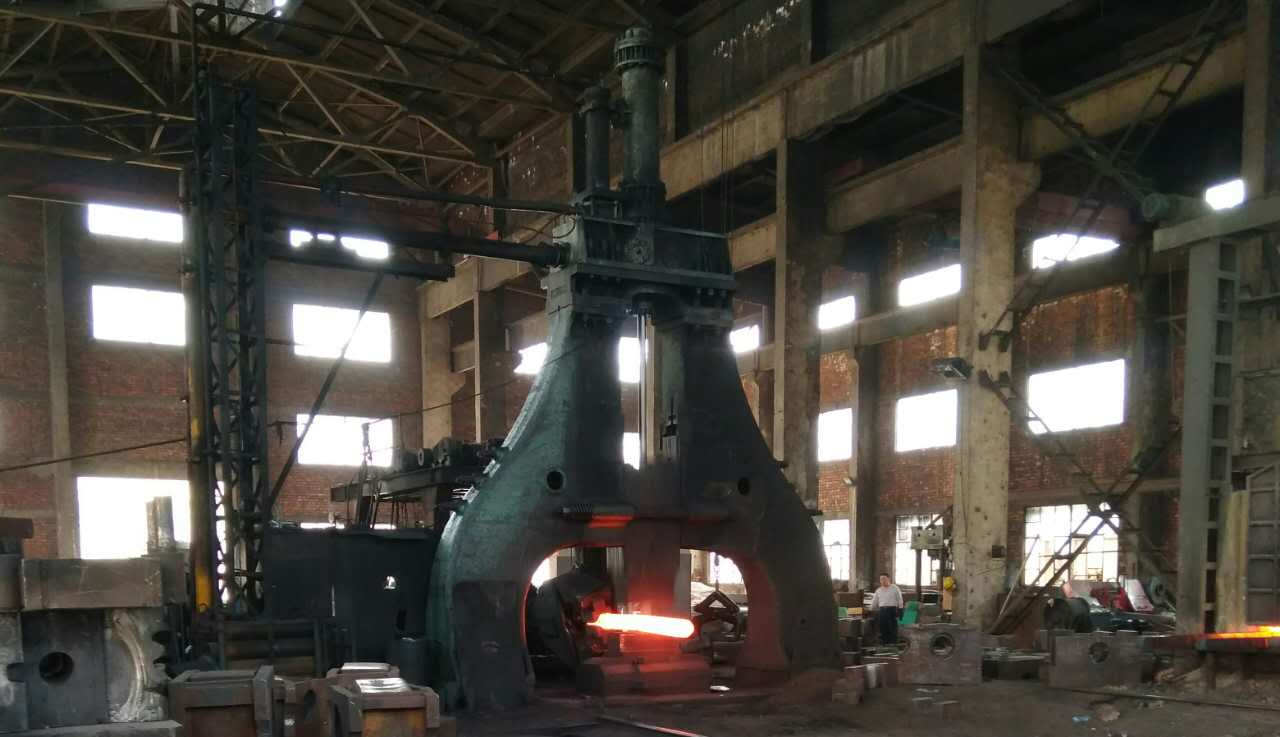
31-07-2025
Herui's Cobalt - Bas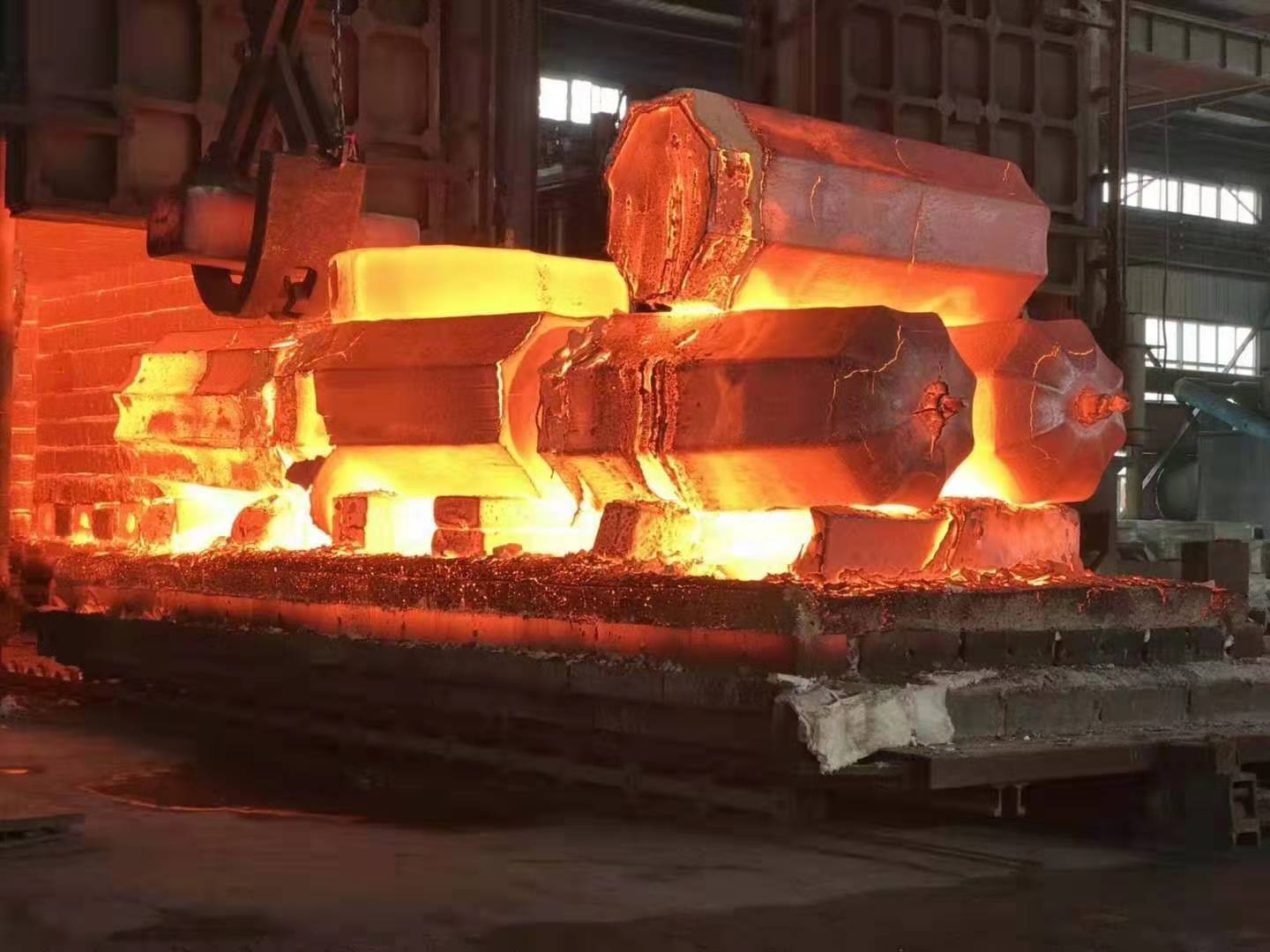
31-07-2025
JiangSu Herui Innova
11-06-2025
Applications of Heru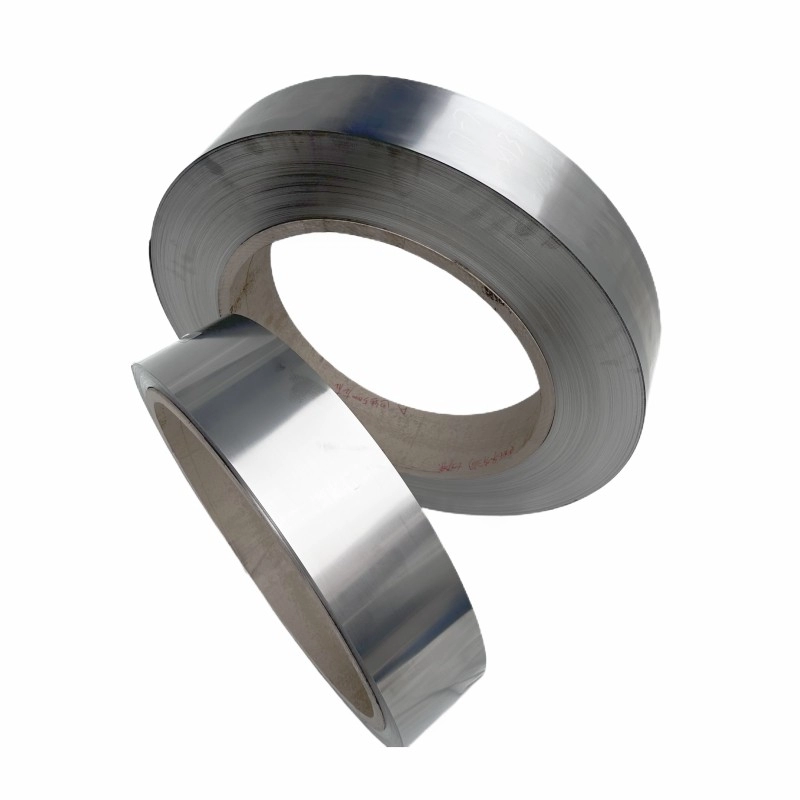
11-06-2025
High - Temperature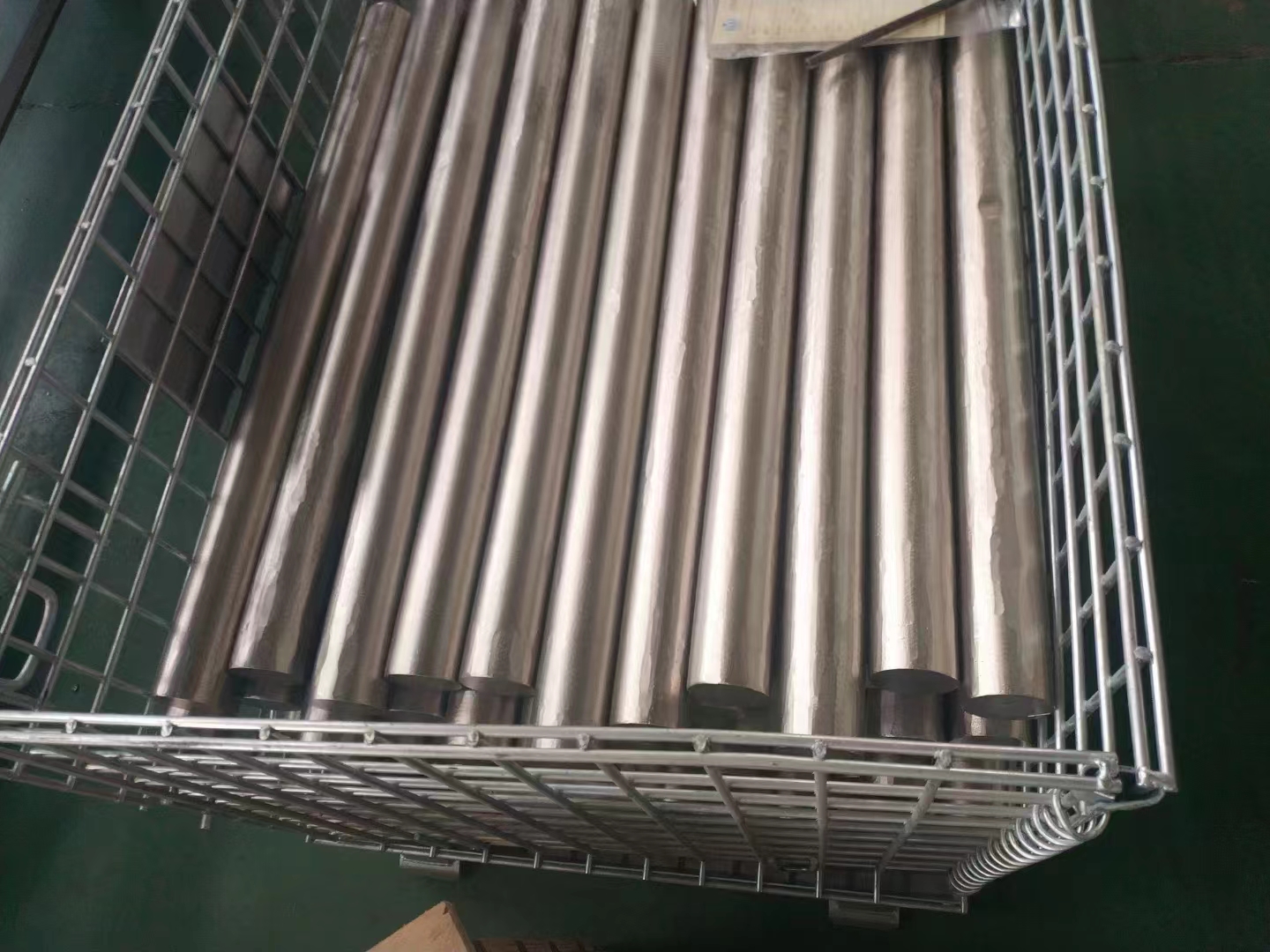
11-06-2025
Cobalt Based Alloys: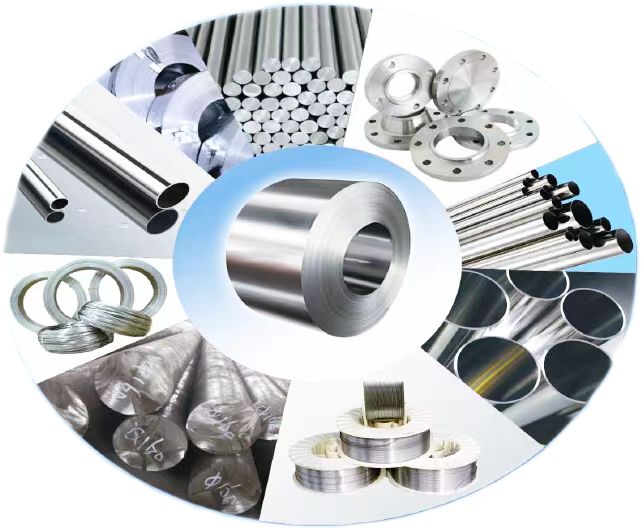
11-06-2025
Unveiling the Wonder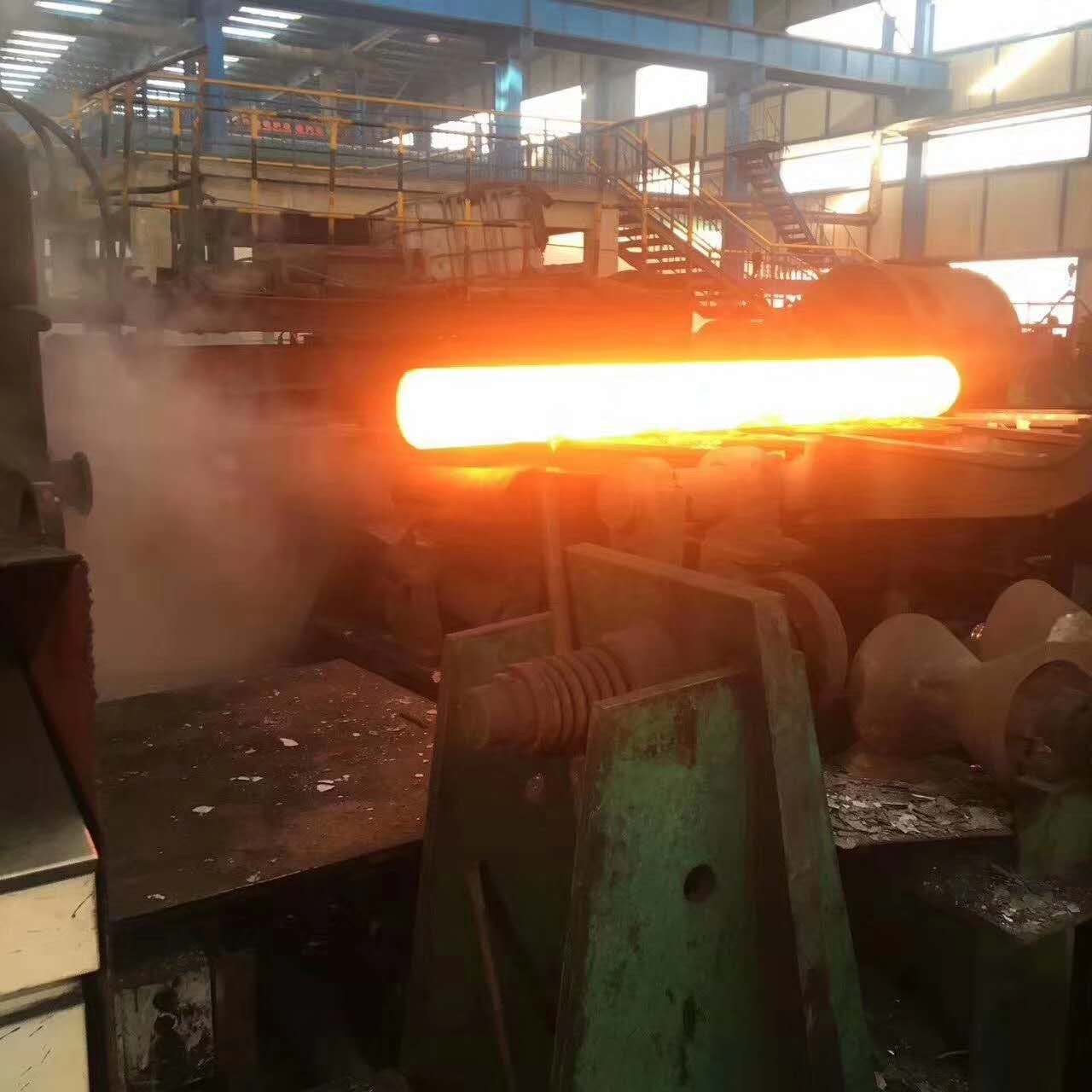
24-04-2024
The difference betwe